Understanding Australian Culture
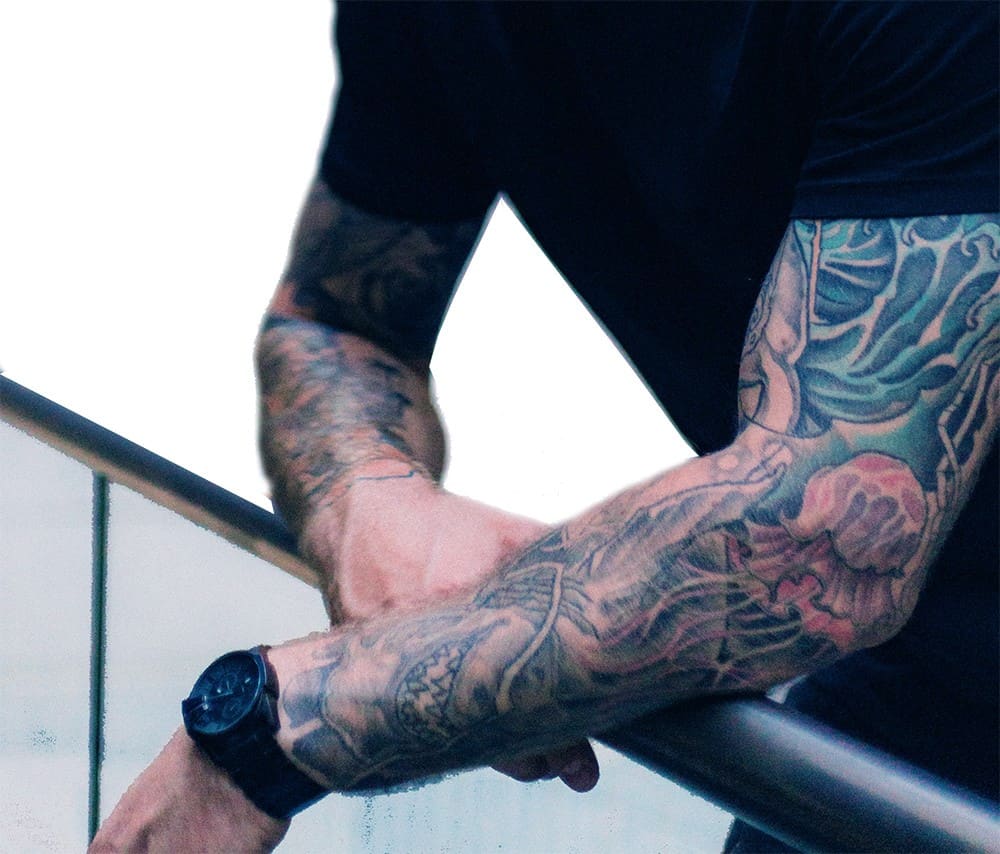
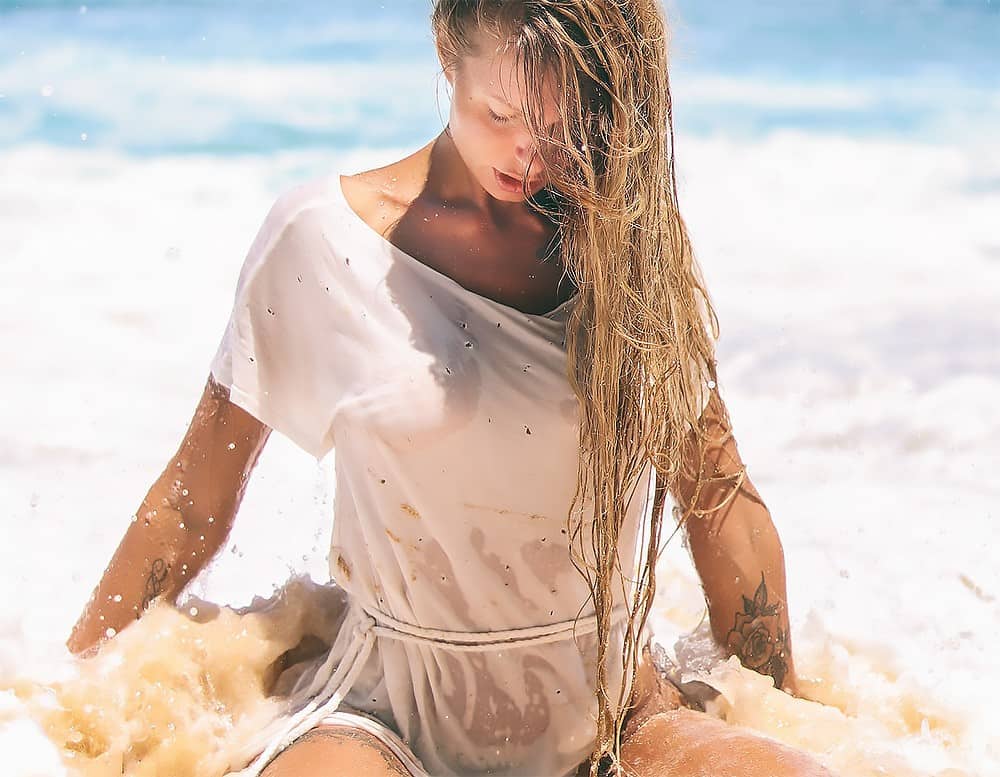

Some people have claimed that to be successful in Australia’s cultural world you have to go overseas and return in triumph. It doesn’t matter if you were a complete failure overseas, you still return in triumph.
Well that might have been true once. Dame Edna had to leave Moonee Ponds and go “home” to the UK, but it’s just not true any more.
To participate in Australian culture you can do it right here.
All you need is a full-arm sleeve, a girl in a wet t-shirt and your pride and joy, your precious, lovingly restored vintage Ute (“yeah, well, there’s still a bit of work to do, needs a bit of a polish, but ..”.) and you’re a cultural hero and a Great Aussie Bloke.
Archtitetcher
All Australian architecture is based on the first structure ever built here, called the “dunny”.
The most decorated Australian architect is Gerda Haircut. She was inspired by the pioneers’ dunnies to build really big ones. Australian men, after all, spend most of their time in the dunny with “a good magazine”.
This in turn inspired the famous Fielman Utz to design the Sinny Oprouse. Utz was removed from the project for being too “artsy-fartsy” (and therefore probably a bit of a poof).
Utz was removed from the project by Davis (“Daisy”) Hugs, later Dame Daisy, knighted for her services to vulgarity, a level of urban self-serving obscenity surpassed only by the Karl Expresso which was named after the Premier (by himself, posthumously).
While the building is impressive from the outside, the interior was designed by bureaucrats and as a result it has been described as looking “on the inside like a huge outback dunny”. Very few accolades could be more satisfying. Strangely enough, despite this visual metaphor, there are very few actual dunnies in the building and most patrons spend the entire performance standing in queues waiting for a “seat” without a view.

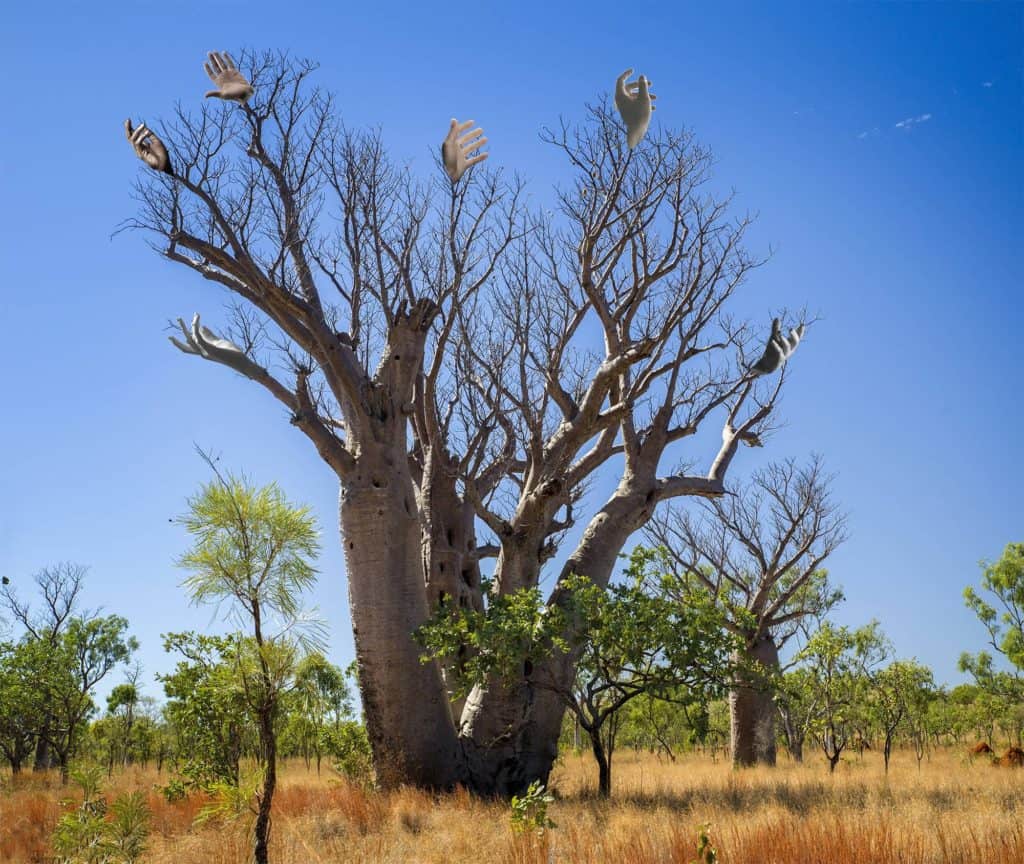
The Poa Tree
The Poa Tree was the birthplace of Australian verse. It was planted on Dad & Dave’s Selection by the pioneer, explorer and failed sheep rustler, William (Billy) Bong.
Decades later famed batsman A.B. (Alan Border) Paterson camped beneath its branches, as did the great fast bowler Henry Wadsworth Lawson.
Both gained inspiration from the Poa Tree. Their friendly rivalry led to the great Australian classics such as The Imam from Snowy River, The Drover’s White. and Freeze a Jocular Pharaoh, Thus began the great nexus between sport and poetry in Australian competitive culture, or what is called “versing“.
While Lawson also wrote the spectacularly unsuccessful (and therefore iconically Australian) Song of the Republic in 1887, it was he who most clearly enunciated the core Australian values of mateship, the billy and the waterbag:
And, lest at ease I should forget
True mateship after all,
My water-bag and billy yet
Are hanging on the wall
Frustrated academics in numerous disciplines have long sought the true meaning of this pome. Fine Art PhD students ask is it an incipient Post Modern or even Dadaist work written even before Modernism was invented? Semiotic Analysts and Semanticists ask who is Billy? Is the ‘water-bag’ a “sign” or a metaphor? For what? The police ask what has Lawson done to Billy? Psychiatrists ask why?, and what was his relationship with his mother?
Australia’s National Pome
To become a true blue fair dinkum Aussie mate you have to be able to recite the official Australian Pome, “I, Lover” if you want your Cetrificate. It was “written” by the post-modernist beat poet Dorothy R. McHeller
I, lover.
Some burn curry.
Alana’s weepin’.
Planes.
A rag-‘ead mounted rangers.
A drowsin’ flood un-reins.
I, love ‘er:
Farrah Risens.
I, love ‘er:Juelsie
Ah! bewdy!
Annette Error!
Ah, why, brown lamb?
Farm me!
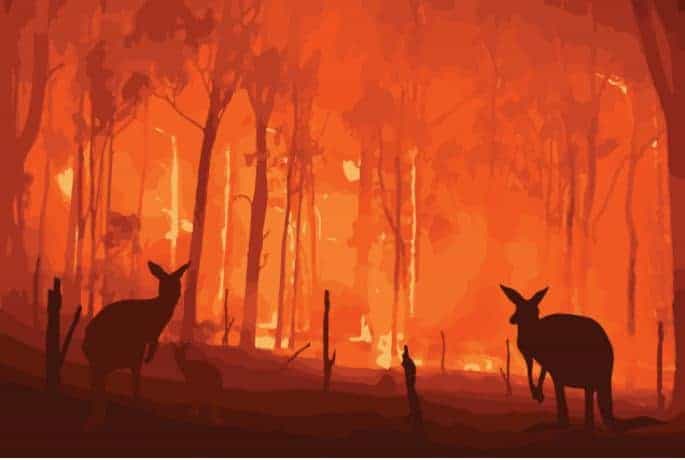
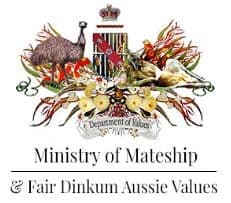
![sydney operahouse[b]](http://valuesaustralia.com/wp-content/uploads/2020/03/sydney-operahouseb-1024x636.jpg)